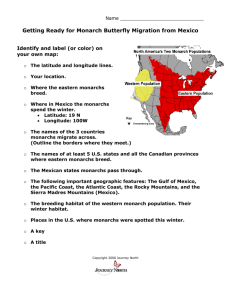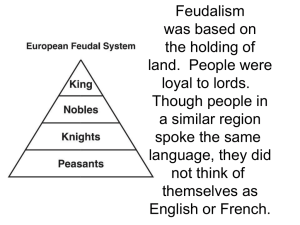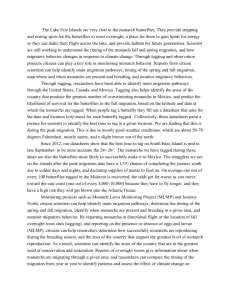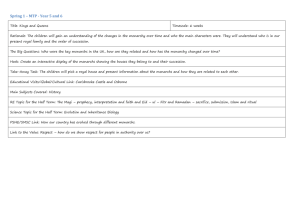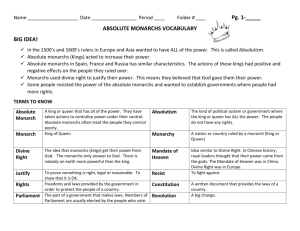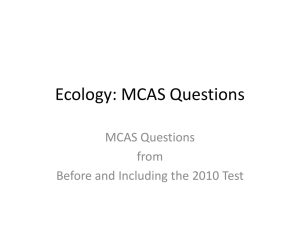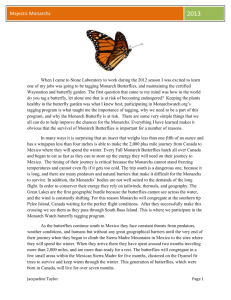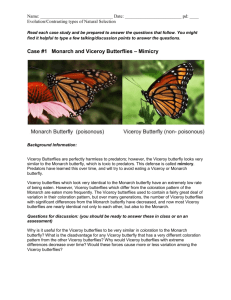OGT #11
advertisement
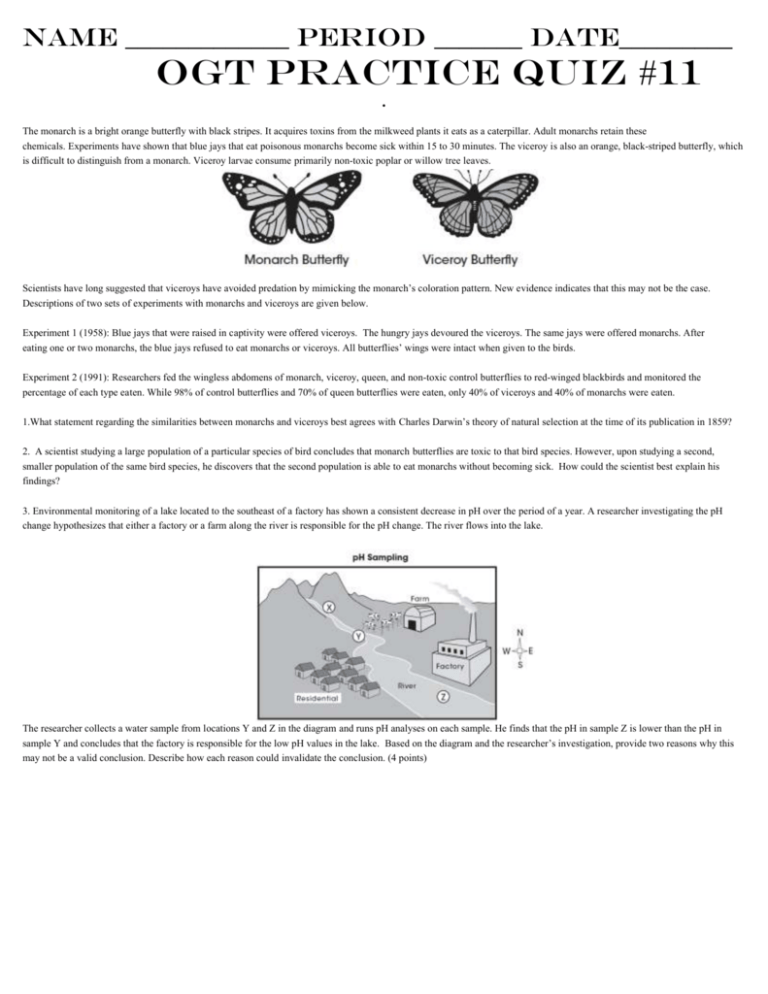
NAME _____________ PERIOD _______ DATE_________ OGT Practice QUIZ #11 . The monarch is a bright orange butterfly with black stripes. It acquires toxins from the milkweed plants it eats as a caterpillar. Adult monarchs retain these chemicals. Experiments have shown that blue jays that eat poisonous monarchs become sick within 15 to 30 minutes. The viceroy is also an orange, black-striped butterfly, which is difficult to distinguish from a monarch. Viceroy larvae consume primarily non-toxic poplar or willow tree leaves. Scientists have long suggested that viceroys have avoided predation by mimicking the monarch’s coloration pattern. New evidence indicates that this may not be the case. Descriptions of two sets of experiments with monarchs and viceroys are given below. Experiment 1 (1958): Blue jays that were raised in captivity were offered viceroys. The hungry jays devoured the viceroys. The same jays were offered monarchs. After eating one or two monarchs, the blue jays refused to eat monarchs or viceroys. All butterflies’ wings were intact when given to the birds. Experiment 2 (1991): Researchers fed the wingless abdomens of monarch, viceroy, queen, and non-toxic control butterflies to red-winged blackbirds and monitored the percentage of each type eaten. While 98% of control butterflies and 70% of queen butterflies were eaten, only 40% of viceroys and 40% of monarchs were eaten. 1.What statement regarding the similarities between monarchs and viceroys best agrees with Charles Darwin’s theory of natural selection at the time of its publication in 1859? 2. A scientist studying a large population of a particular species of bird concludes that monarch butterflies are toxic to that bird species. However, upon studying a second, smaller population of the same bird species, he discovers that the second population is able to eat monarchs without becoming sick. How could the scientist best explain his findings? 3. Environmental monitoring of a lake located to the southeast of a factory has shown a consistent decrease in pH over the period of a year. A researcher investigating the pH change hypothesizes that either a factory or a farm along the river is responsible for the pH change. The river flows into the lake. The researcher collects a water sample from locations Y and Z in the diagram and runs pH analyses on each sample. He finds that the pH in sample Z is lower than the pH in sample Y and concludes that the factory is responsible for the low pH values in the lake. Based on the diagram and the researcher’s investigation, provide two reasons why this may not be a valid conclusion. Describe how each reason could invalidate the conclusion. (4 points)

